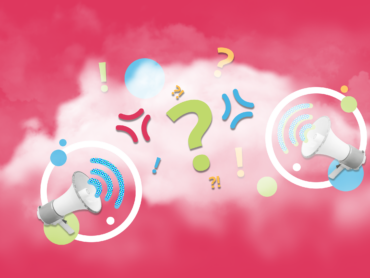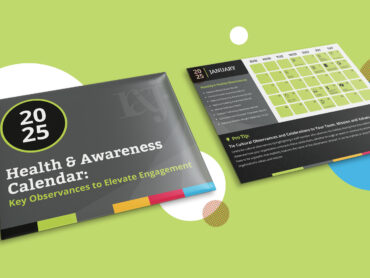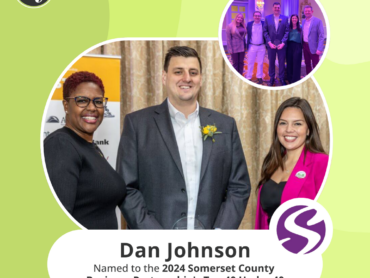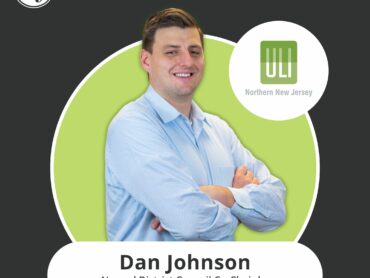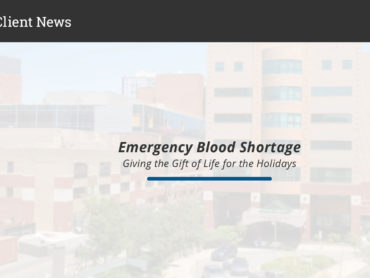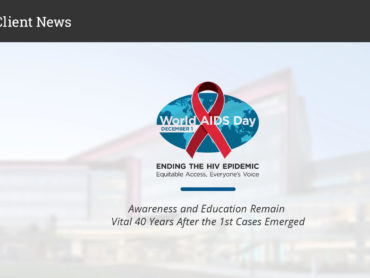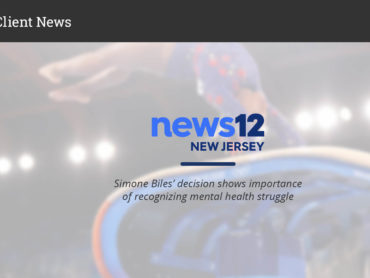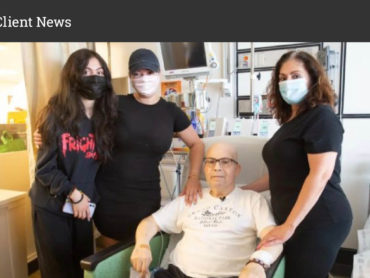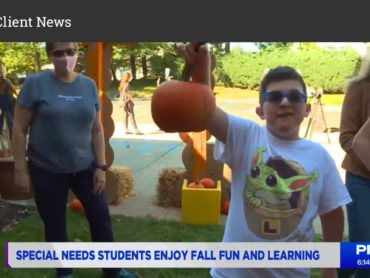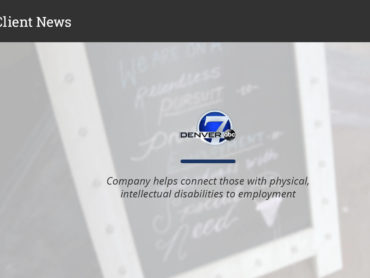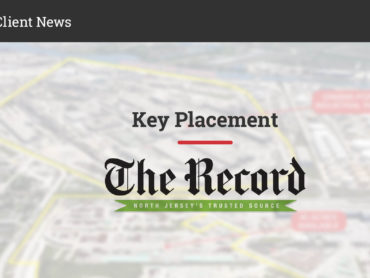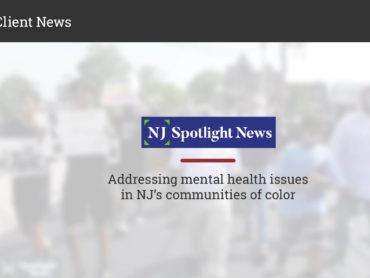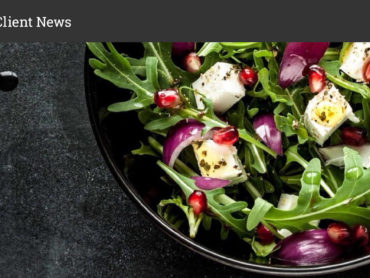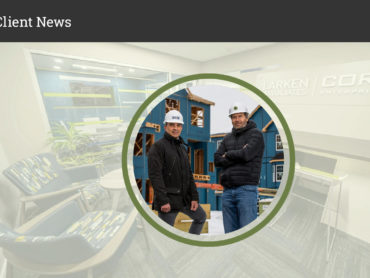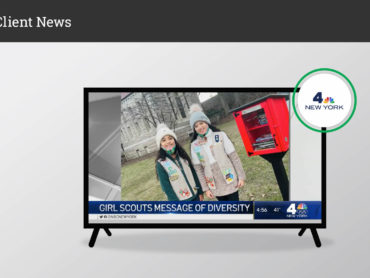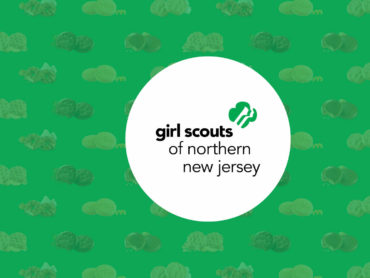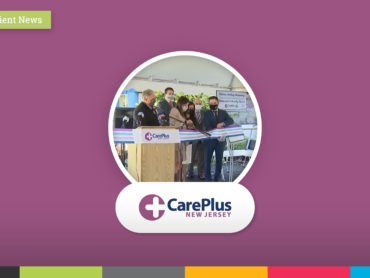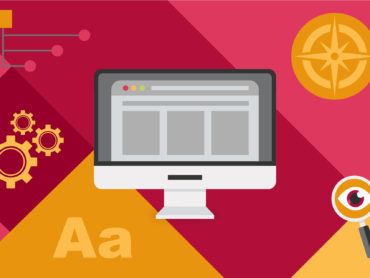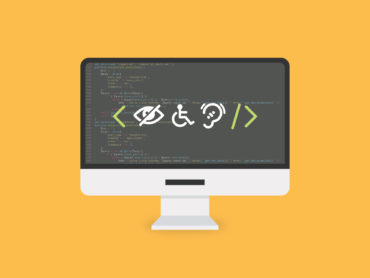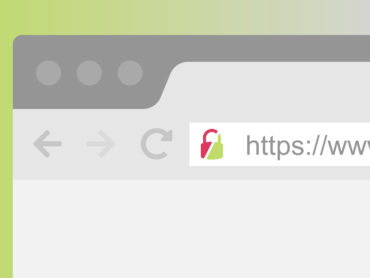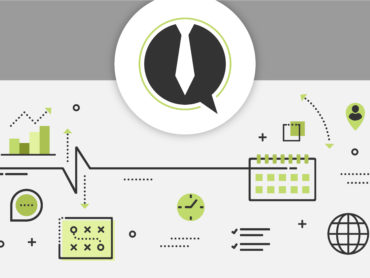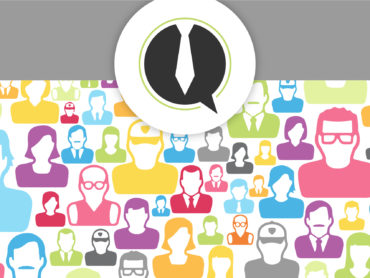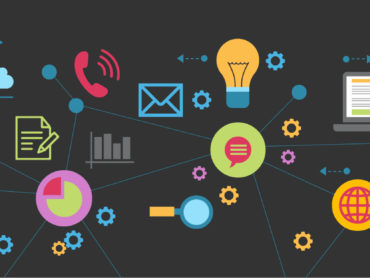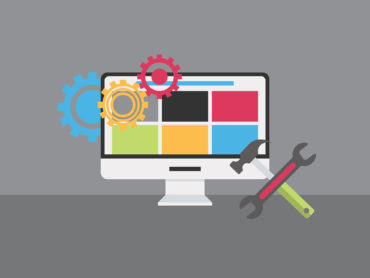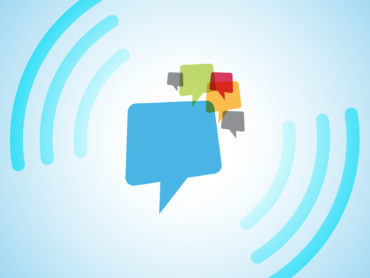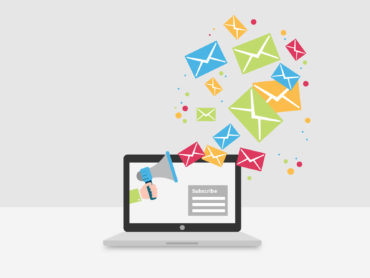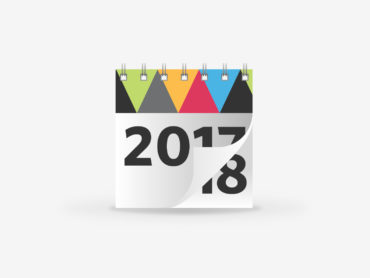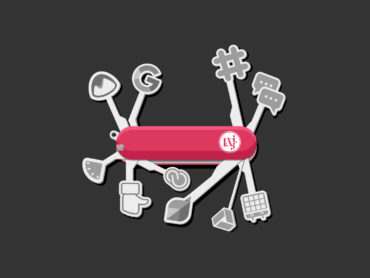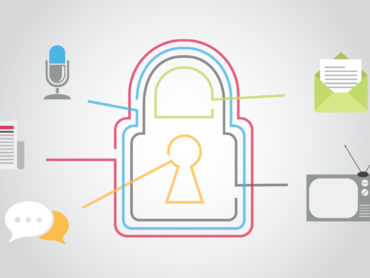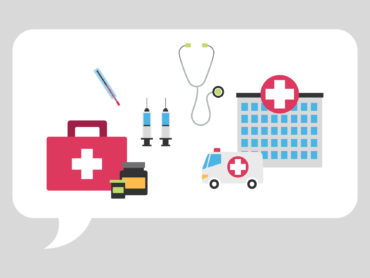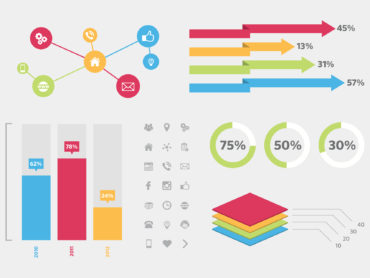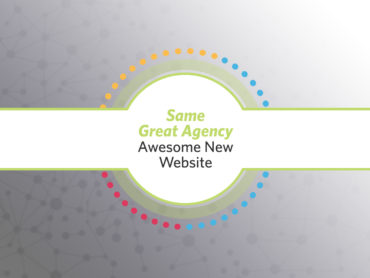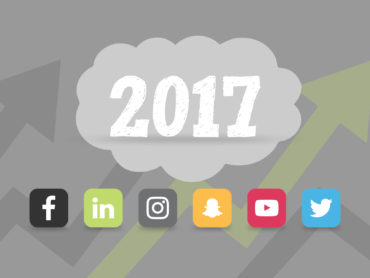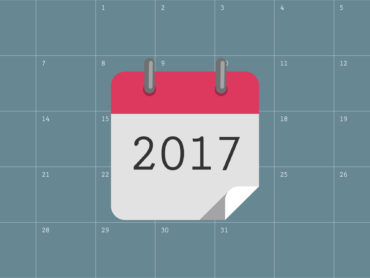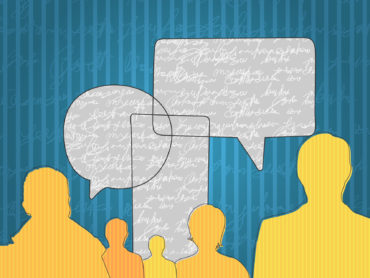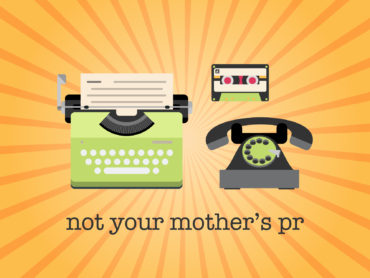5 Tips for Marcom Pros to Boost Fundraising Success
Warmer weather has officially arrived (with a vengeance) in the northeast, and that means we’ve been spending a lot of time at galas, golf outings, 5ks and other fundraising events in support of our clients and their vitally important work. Every one of these events is a pleasure for us to attend, but decidedly less pleasurable for the teams of marketing, communications and foundation professionals who are responsible for putting them on and making them a success.
Yes, it’s fundraising season and the pressure is high. If you’re involved in marketing communications for a healthcare or human services organization, you’re probably feeling some of that pressure as we speak. You’re competing with a crowded field of organizations for the time, attention and financial support of a finite number of people, each of whom has a finite number of dollars to spend … and you’ve got to deliver results. Fundraising season can be very stressful and challenging, but it doesn’t have to be that way if you follow these five simple tips to make the most of your efforts.
1. Know Your Audience(s)

Of course you’ve got a master list of people you reach out to for support at your events. And of course that master list is composed of several sub groups, including Board members, existing donors, employees, partners, clients, patients and others. But ask yourself these questions to determine how well organized your lists are and how much more effective they could be:
- Are your lists clearly and cleanly divided by core target audiences?
- How well do you REALLY know the groups and people who make them up?
- Are you customizing your outreach to speak to the needs & interests of the people who make up each of your core audience segments?
- Are you keeping track of the content and messages that resonate with each of these groups (and the content and messages that don’t)?
- Are you keeping your lists current to ensure that all the right people are receiving all the right messages this year and every year?
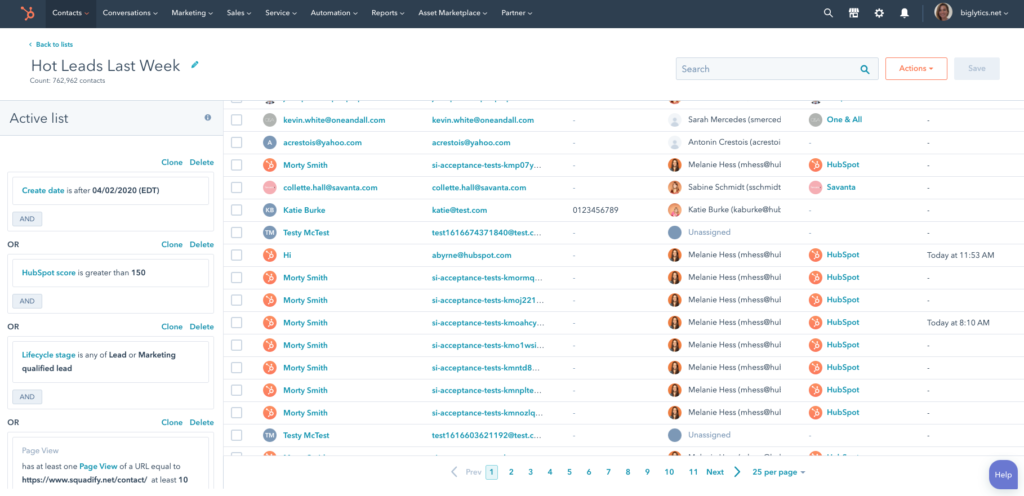
It’s actually not as daunting as you may think to segment your lists and engage your stakeholders with content that’s more likely to reach them, resonate with them and move them to action. All it takes is a little time and effort that can pay big dividends in the long run. And once you complete that work on the front end the first time around, most of the Email Service Provider (ESP) platforms on the market today will automate the bulk of the digital work for you over the long-term. If you’re in healthcare or human services, you probably don’t need a super-robust, super-sophisticated ESP platform either. There are a few important factors for you to consider before choosing a platform that’s right for you, however. The most important of these is compatibility with the other digital tools you use in your day to day work. Choosing a suite of tools that work together well and integrating them properly provides huge advantages that can make your life much easier and your outreach much more successful.
2. Meet Them Where They Are

This is a phrase you probably hear (and even use) pretty often in your day-to-day work, albeit in a slightly different context. Meeting people where they are is just as important in marketing communications as it is in social services and healthcare. We’re all inundated with messages, content and distractions across a wide array of platforms from an even wider array of sources each and every day. The vast majority of that content only briefly registers in our consciousness, if it registers at all, before being deleted and forgotten forever. Whether we’re consciously aware of it or not, each of us uses different tools for different reasons. In order to cut through all that clutter and make sure YOUR messages are among the few that get through to your target audiences, you’ve got to be able to reach your targets where they are most likely to engage… be it via email, social media, snail mail, text messages, in-person at events or elsewhere.
We’re all inundated with messages and content and distractions across a wide array of platforms from an even wider array of sources each and every day. In order to cut through all that clutter and make sure YOUR messages are among the few that get through, you’ve got to be able to reach your target constituents where they are… be it via email, social media, snail mail, text messages, at events or elsewhere.
But with so many channels and so many people to reach, how can you possibly know, (much less keep track of) which of your target audience members prefer email, which prefer SMS messages and which prefer snail mail? Thankfully, this too has been made much easier by the ESPs that most of us use today. If you’ve got clean, segmented lists in your ESP and you’ve integrated your suite of tools, you’ll have great visibility into how every piece of content you produce is performing and how each of your contacts is engaging (or not) with that content in real-time. This kind of insight can obviously be incredibly helpful in informing messaging, strategy, tactics and creative direction for current and future campaigns.
People get their information from a wide (and growing) variety of sources and platforms these days, so in order to reach your audience where they are, you’ve got to use the right mix of channels and vehicles. The PESO model, developed by Gini Dietrich and used by countless savvy communications pros these days, is a great tool to help you ensure you’re connecting with your audience across an effective mix of Paid (advertising & sponsorships), Earned (PR & media relations), Shared (social media) and Owned (your website, email, blog, podcasts, newsletters, etc.) channels. The right mix of channels and tactics for one organization may not be ideal for another. There will likely be some trial and error involved in finding the combination that’s right for you and your audience. In addition, the PESO model can be very helpful from planning, to execution, to measurement, analysis and reporting. Here’s an interactive version of the PESO model that you can use to help ensure your next campaign, and every campaign thereafter, is as successful as possible.
3. Give Them Meaningful Content
Let’s be clear: Nobody really wants your fundraising appeals. They know they’re coming and they’re supporters of your organization , but a standard request for support isn’t likely to motivate anyone on your lists, much less stand out from the din of similar requests with which your targets are bombarded every day. In order to have the desired impact, you need to give people content that’s valuable to them. One of the best ways to do this is to show them what support of your organization means in real-world, real-life examples. St. Jude Children’s Hospital is great at this.
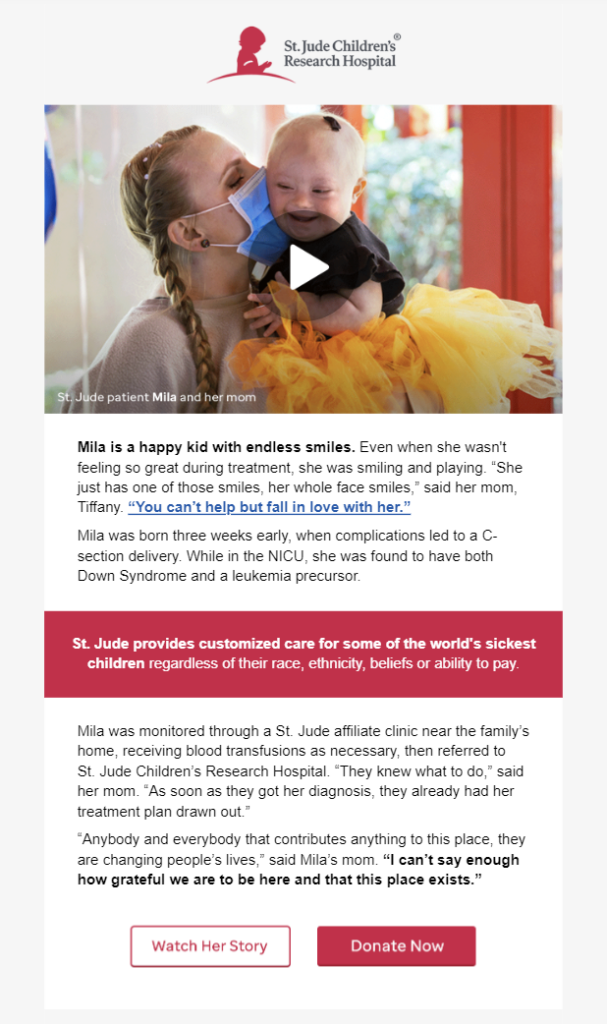
Every week, St. Jude sends an email to supporters that showcases real-life patient stories and demonstrates how supporters’ money is put to use saving and transforming the lives of children and their families. Few things in the world could be more compelling than that. You can do the same thing with the same effect. Show your supporters how they’re making a difference with real-world examples of the great work your organization does every day. Not only will this encourage them to continue their support, but it will help build lasting connections to your organization that pay dividends in many ways over the long-term.
4. Capture and Showcase Your Supporters’ Participation
This is, surprisingly, one of the things that many organizations still overlook. Capturing images and video of your events, and of your supporters’ participation at those events, can be extremely effective in helping you to demonstrate the impact that they make throughout the course of the year.

People, generally speaking, love to see themselves doing good things… and to share those good things with their friends and family. Make sure you get plenty of pictures and video at your gala, golf outing and every one of your events and use that content throughout the year to stay connected to your supporters, demonstrate your gratitude and give them opportunities to evangelize on your behalf. Content captured over the course of a single day can be sliced & diced and utilized to great effect over the course of an entire year. And if you’re using a good digital marketing platform, you can schedule their distribution in advance and let the platform do the work for you!
5. Monitor, Measure and Adjust
Once you’ve got your lists segmented and you’re reaching out to supporters across an appropriate mix of channels and platforms, you can monitor the impact of every one of your efforts and gather data on what’s working and what isn’t… in surprisingly granular detail.

By managing your marketing efforts through a centralized digital platform, you’ll gain the ability to see exactly who is engaging with your emails, social posts, digital ads, landing pages and text messages. What’s more, you’ll be able to see when they’re engaging and how. You’ll gather real, meaningful data on how and when your target audiences consume messages from you and which messages are the most impactful.
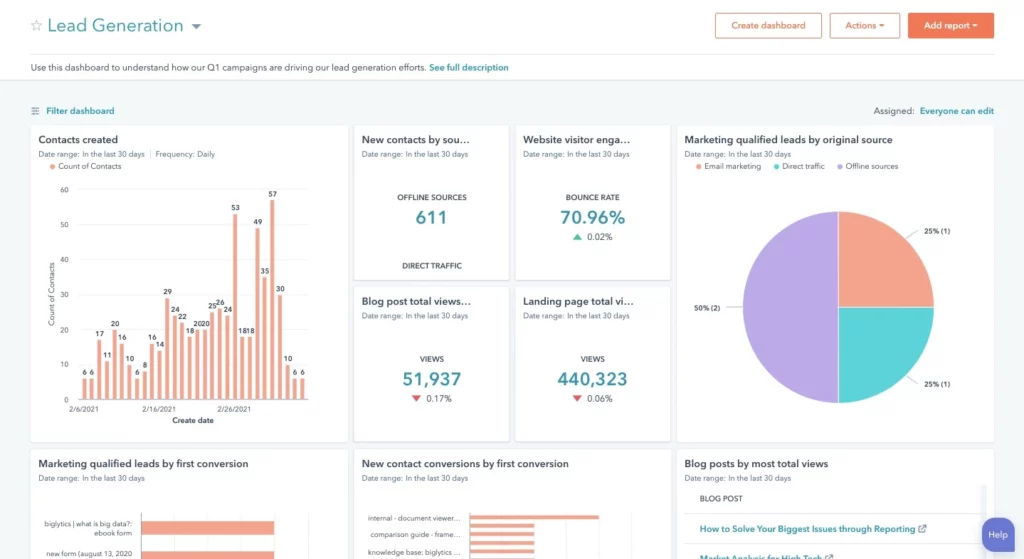
This data, and the adjustments you make based on it, can make a huge difference in the success of your campaigns while actually making your life easier. It also gives you clear, meaningful data you can use to report on the scope and impact of your work to your leadership in terms that they can clearly understand.
Fundraising season doesn’t have to be the bane of your existence any longer.
Fundraising season doesn’t have to be the bane of your existence any longer. If you invest a little time, effort and money up front, you can automate a lot of the work you’re doing manually now, while delivering more personalized content that resonates with your audiences and moves them to action during every season of the calendar year. This means more dollars flowing to your bottom line and fewer sleepless nights.
Feel free to reach out to talk about how you can make the most of your fundraising efforts, and how we might be able to help you make a difference!



